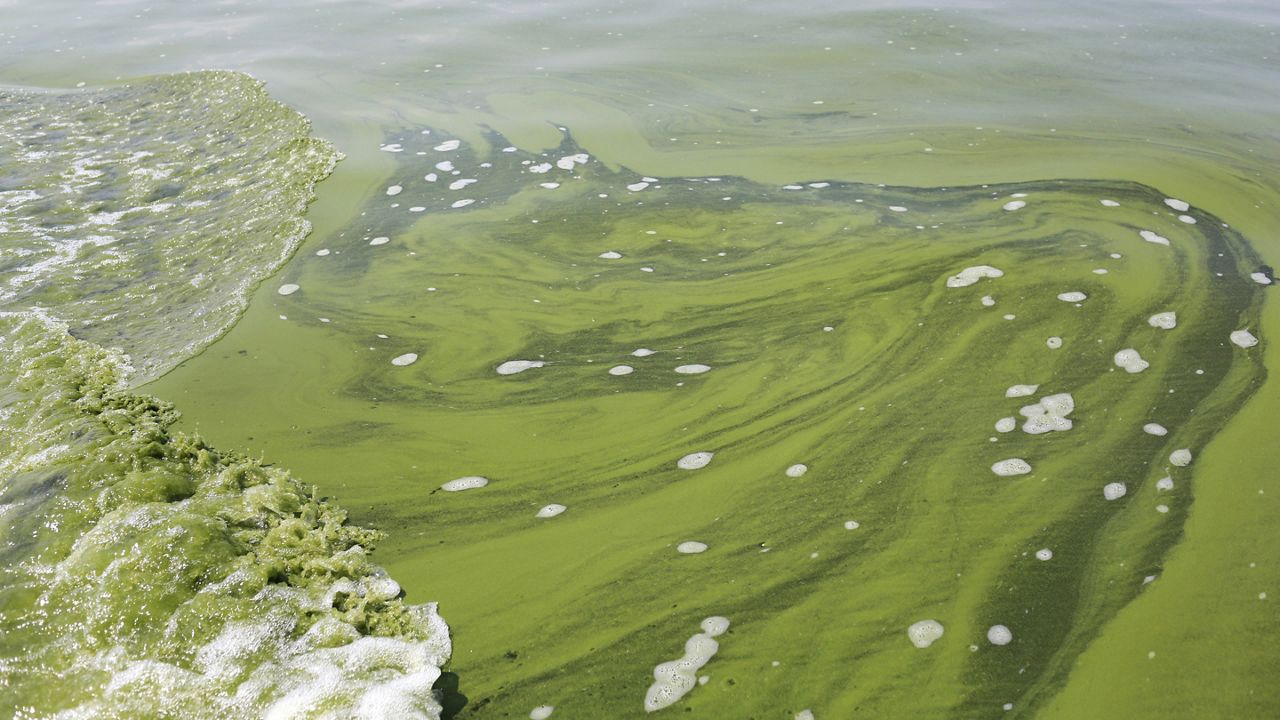Two Democratic state lawmakers announced new legislation Monday aimed to help improve gathering information on harmful algal blooms (HABs) in New York's waterways.
Introduced by state Sen. Rachel May and Assemblymember Anna Kelles, the Harmful Algal Bloom Monitoring and Prevention (HABMAP) Act would create a centralized resource for reporting and dealing with HABs, including potential and known causes, best practice interventions, expertise and funding resources. The data would enable the state to administer a grant program supporting data-driven best practices in preventing and mitigating harmful algal blooms.
HABs have recently appeared more frequently in reservoirs, lakes, ponds, and coastal areas. In 2022, there were 1,053 reported HABs in 204 water bodies across the state, according to the state Department of Environmental Conservation.
HABs can impede bodies of water as a source of recreation and drinking water.
“Our state's freshwater resources are the envy of the world, but they are increasingly vulnerable to pollution and the effects of a warming climate. Every season, toxic algal blooms plague many New York lakes, causing a potentially dangerous situation for residents who depend on lakes for drinking water or use them for recreation,” said Sen. May in a statement. “The HABMAP Act will help state and local governments understand, identify, and manage threats to our water while maintaining the high quality of life that residents, employers, recreational boaters, fishing enthusiasts, and tourists from around the world have come to expect.”
“Last summer, we saw the alarming rate at which Harmful Algal Blooms (HABs) were affecting recreation, wildlife, and drinking water in Cayuga Lake and across the Finger Lakes Region and the State," Kelles said in a statement. "This bill provides a clear mechanism to understand the causes of HAB’s and start improving our water quality, enhancing recreation, wildlife habitat, and limiting harmful algal blooms. If enacted, New York will be at the forefront of producing data that can be used to offer new insights for agencies, local governments, residents, and more, to reduce polluting runoff into our lakes.”


